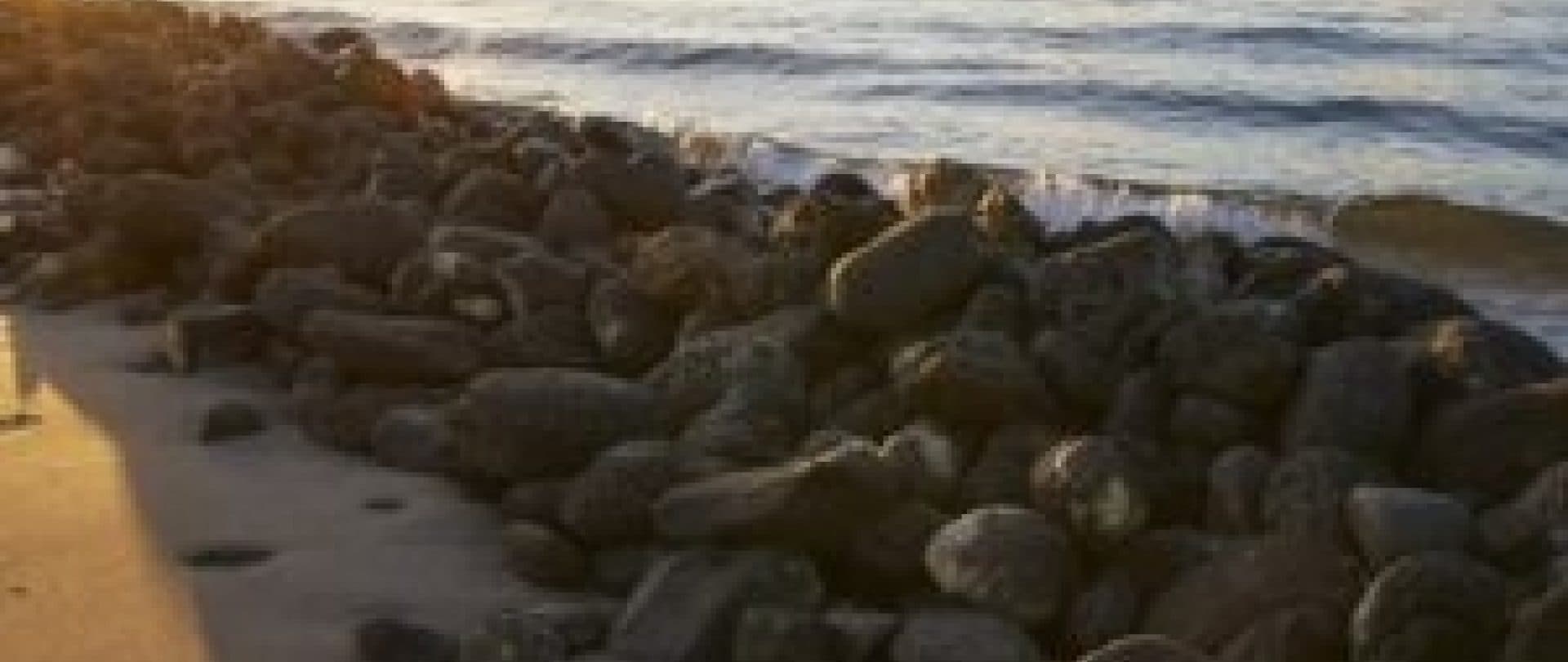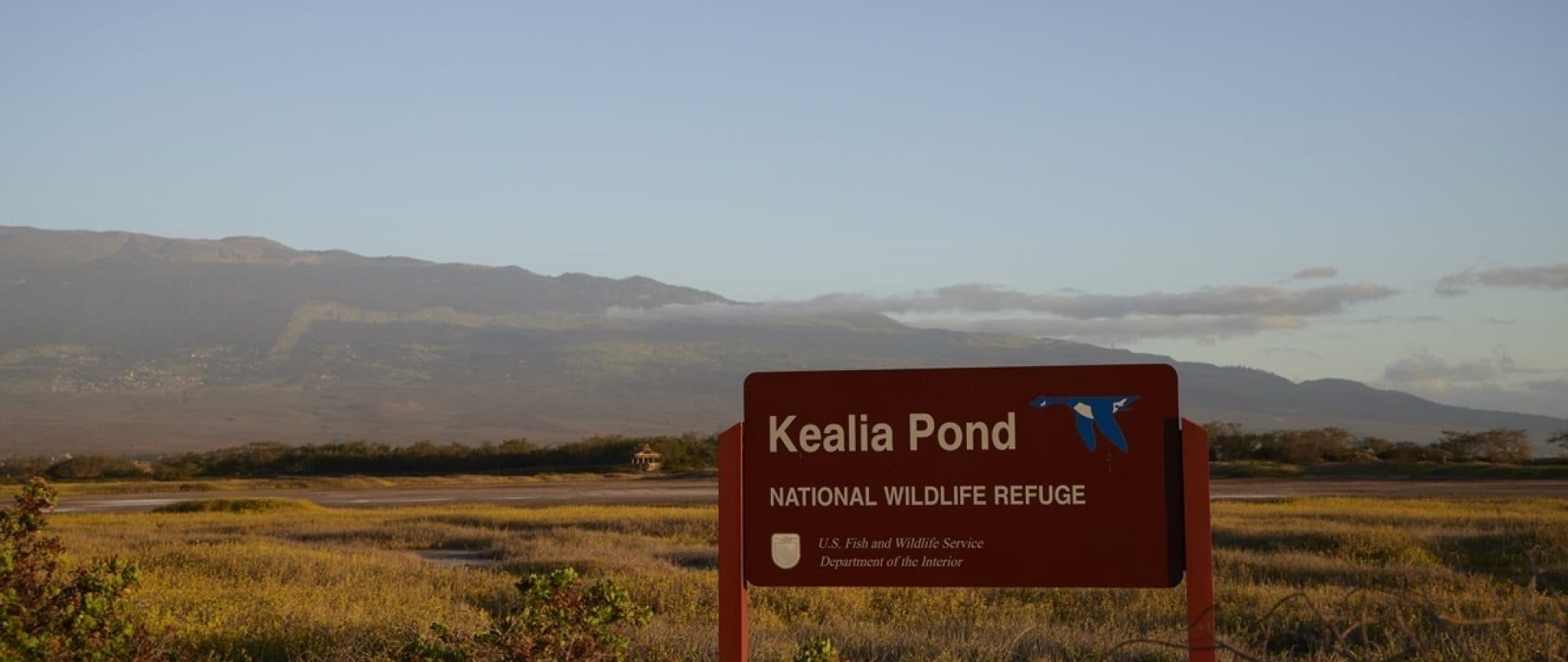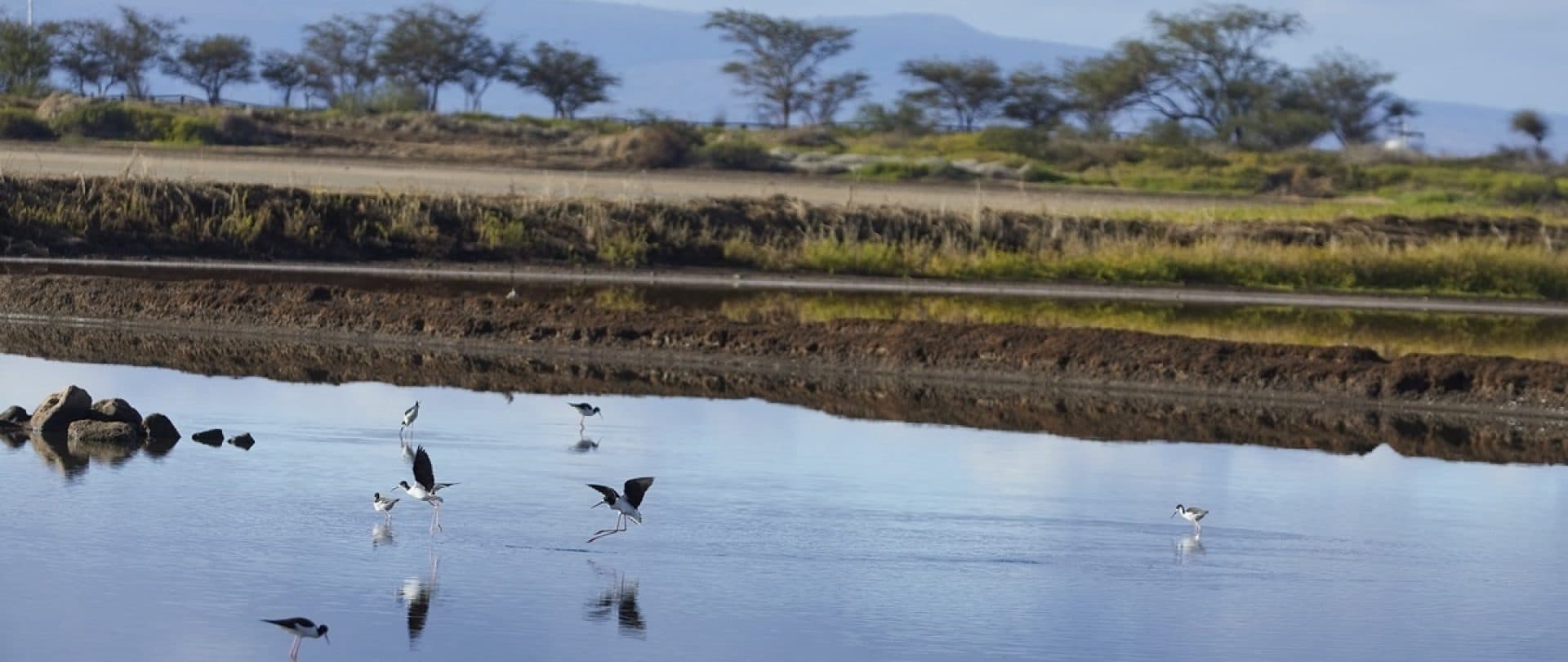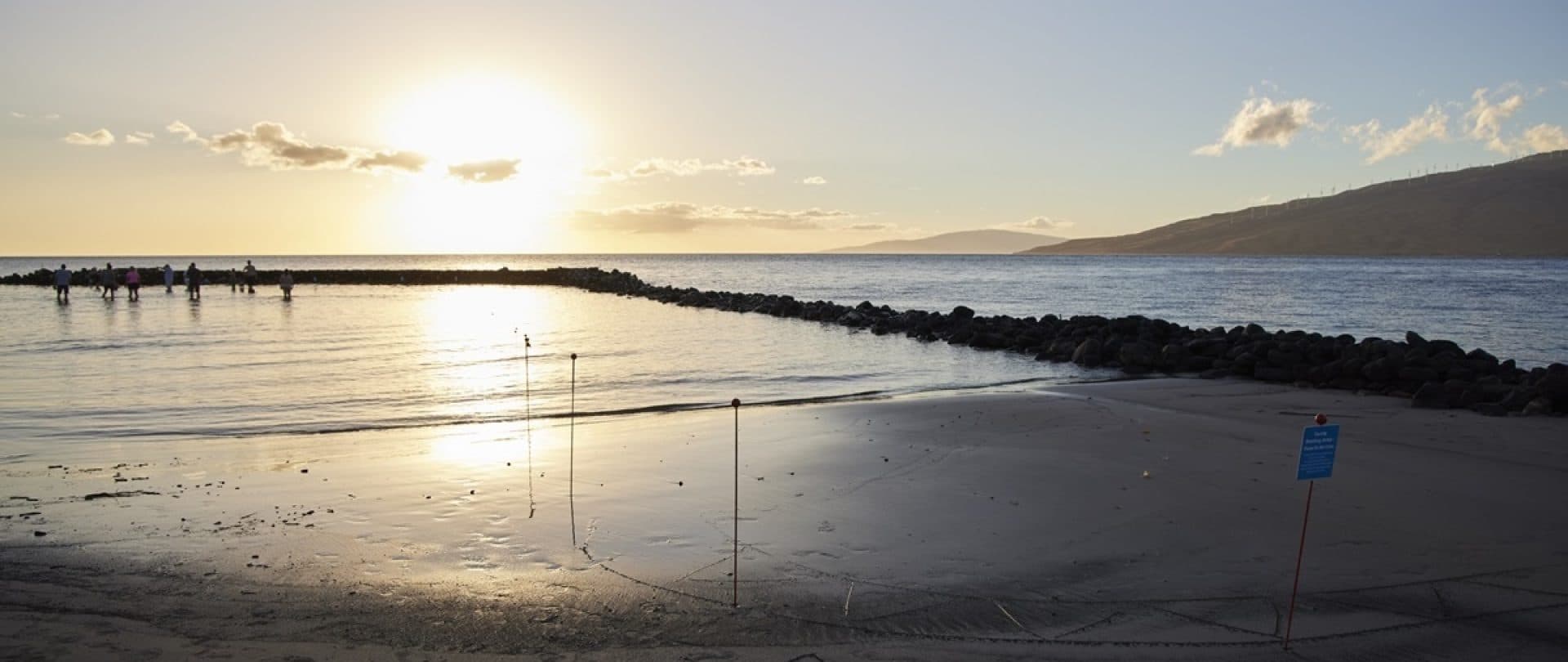A Place of Refuge
Preserving a sanctuary at Keālia Pond National Wildlife Refuge
BY Krystal Kakimoto
Legend tells that the first fishpond in Hawaiʻi was created on the island of Maui by the God of the Fishermen, Kūʻula. With his ingenuity, he built a fishpond near his home that was both close to the shore and where the waves broke. He stocked this original fishpond with all types of fish that ultimately flourished in both size and number. This well-stocked fish farm supplied the aliʻi (chiefs) with a steady supply of fish for their tables, and people around the fishpond prospered. From this initial pond, the technology of loko iʻa (fishpond) spread through the Hawaiian chain, helping to support large communities of people in sustainable methods.
Keālia Pond National Wildlife Refuge is home to one such fishpond where native Hawaiians raised awa (milkfish) and ʻamaʻama (flathead mullet). Through a system of ditches and sluice gates, fish were led into the fishpond from the nearby Māʻalaea Beach. Once in the pond, these fish grew and became a regular supply of food for the people living within the ahupuaʻa (Hawaiian land divisions).
In 1953, Keālia Pond was selected as a wildlife refuge location. Initially, 300 acres of land were protected, including the original fishpond. In 1992, the protection of the refuge transferred to the National Wildlife Refuge System and it has remained under their care ever since. Today, the Keālia Pond National Wildlife Refuge encompasses nearly 700 acres of coastal marshland from Kīhei to Māʻalaea in Central Maui. Within the area are protected habitats for waterfowls, shorebirds, migratory ducks and two endangered wetland birds: the aeʻo (Hawaiian stilt) and the ʻalae keʻokeʻo (Hawaiian coot).
Within recent years, the number of aeʻo has dwindled to only about 1,500 birds, but the staff of the refuge are hoping to turn these numbers around. This elegant and graceful bird is endemic to the islands and known for its tuxedo-like markings and pink legs. Native to shallow waters, tidal ponds and loʻi (taro patches), the aeʻo was previously hunted as a game bird until 1939. Today, lucky guests to the refuge can hear this chatty bird making its distinct “kip, kip, kip” calls from the marshy water.
Another bird that guests are encouraged to look for is the ʻalae keʻokeʻo, which is also known as “The Kickboxing Bird” for its tendency to roll on its back and kick its opponents. Also endemic to the islands, the ʻalae keʻokeʻo have black or gray bodies with contrasting white bills, scarlet eyes and green legs. Often spotted in open, fresh or brackish waters, these charming birds were worshipped by the native Hawaiians.
In 2009, a half-mile boardwalk was constructed that allows visitors to safely enter the refuge area without disturbing nature. Throughout this tranquil wooden boardwalk, informational plaques and shaded pavilions are intermixed to allow visitors to stop and learn more about the area. While strolling the boardwalk, visitors can also see indigenous migratory birds like ʻakekeke (ruddy turnstone) and kōlea (Pacific golden plover), seabirds like ʻaʻo (Newell’s shearwater) and mōlī (Laysan albatros), and native animals like honuʻea (hawksbill turtle), honu (green sea turtle), and pueo (Hawaiian shorteared owl).
In addition to the refuge’s wildlife, the native plants cared for by staff and volunteers are another unique characteristic. One important native plant in the area is ʻōhelo kai (Lycium sandwicense), also known as Hawaiʻi desert thorn. While technically edible, the salty berries of this plant were more commonly strung together by native Hawaiians as lei. Another important plant seen on the edges of the water are hala (Pandanus tectorius), which was used by native Hawaiians in nearly every aspect of their daily lives. From medicine to clothing to roofing for their homes, hala played a large role in their society. These are just two of the many plants the refuge staff is working to propagate and protect for future generations.
Along with their dedicated staff, the community's laulima (many hands working together)is needed to nourish and sustain this area. Each Thursday, from 9 a.m. to noon, volunteers are offered an opportunity to visit parts of the refuge not typically seen by the general public as they help to restore Hawaiian tropical dry forests. The group meets weekly at the Keālia Pond Visitor Center before driving together to the restoration site. Volunteers work with staff members to restore the native forest by eradicating invasive species and replanting indigenous plants. Allyssa Morris, Visitor Services Program Manager of the Keālia Refuge, explains that plants are specifically selected for this restoration project. “ʻAkiʻaki, naio, and ʻĀkulikui [are three plants selected because] these are all native Hawaiian plants that grow well in the dryland forest ecosystem.”
Join the team of the Keālia Pond National Wildlife Refuge in this family-friendly volunteer opportunity. This opportunity helps people give back to the ʻāina (land), learn new skills and meet like-minded individuals during a meaningful outdoor experience. Morris adds, “Keālia Pond NWR is a hidden wetland transitioning the urban development and agriculture fields.”
Keālia Pond National Wildlife Refuge; Milepost 6, Maui Veterans Highway, Kīhei, HI 96753; (808) 875-1582; fws.gov/refuge/kealia-pond; Keālia Coastal Boardwalk is open daily from 6:00 a.m. to 7:00 p.m. Volunteer hours are Thursdays from 9:00 a.m. to 12:00 p.m.
You May Like

See + Do
Kama‘ole Beaches

See + Do
Mākena Beach State Park
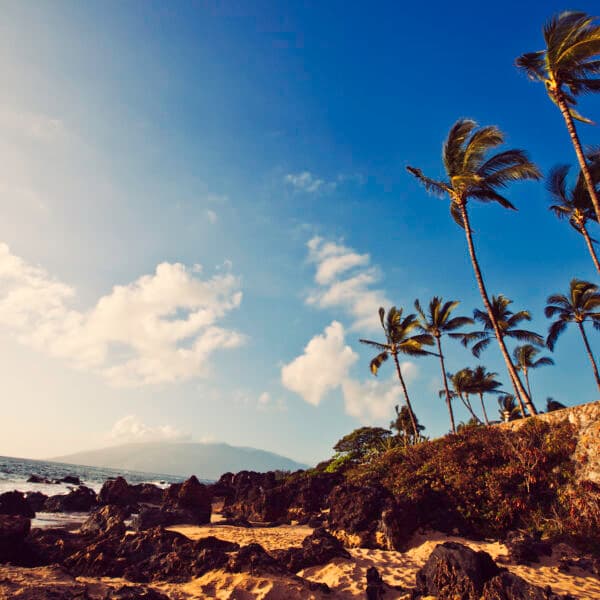
See + Do
Charlie Young Beach
Features

See + Do
Kama‘ole Beaches
South Maui

See + Do
Mākena Beach State Park
South Maui
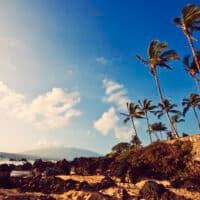
See + Do
